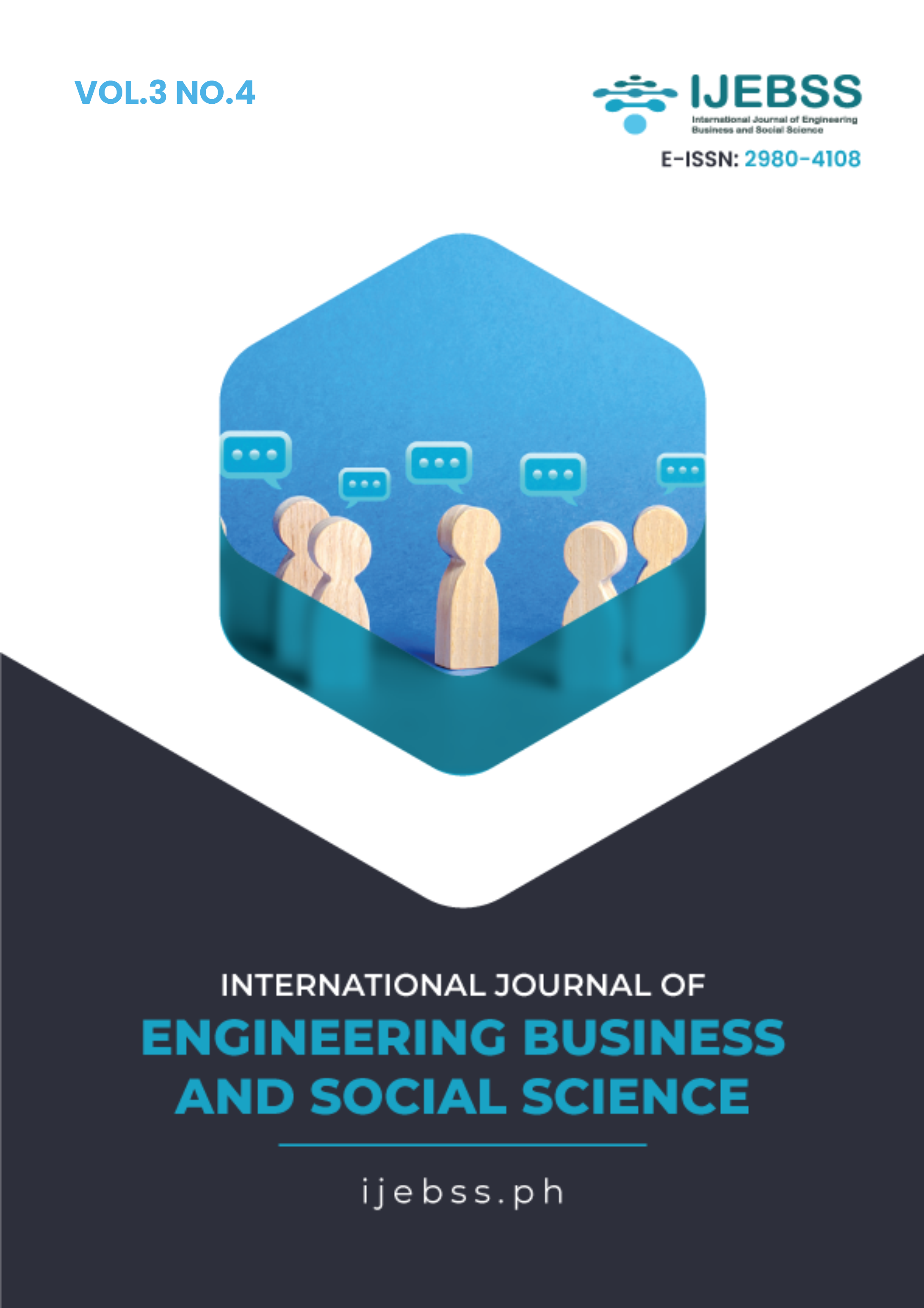Spiritual Harmony and Architecture: Tracing the Influence of Nusantara Tantra in the Design of Balinese Traditional Houses
Keywords:
Spiritual Harmony, Tantra Nusantara, Balinese Traditional HouseAbstract
This research aims to analyze the influence of Tantra Nusantara on the architectural structure of Balinese traditional houses, focusing on architectural elements that reflect local cultural values. Tantra Nusantara, which is an integral part of the spiritual and cultural traditions of Indonesian society, has a significant influence on the design and construction of Balinese traditional houses. Through a qualitative approach, this study collects data from observations, interviews, and literature studies to identify the structural elements influenced by the principles of Tantra, such as space utilization, building orientation, and the symbolism contained in architectural elements. In the context of Balinese traditional houses, the building structure often reflects the harmony between humans and nature, in line with the principles of Tantra that emphasize balance and alignment. This research also reveals that Balinese traditional houses not only function as dwellings but also as sacred spaces that reflect the cultural and spiritual identity of the community. Thus, the influence of Tantra Nusantara on the structure of Balinese traditional houses can be seen as a manifestation of local wisdom values that function to maintain the balance between material and spiritual life. The results of this study are expected to provide deeper insights into the relationship between traditional architecture and the cultural values underlying it, as well as encourage efforts to preserve cultural heritage that is threatened by modernization.
Published
Issue
Section
Copyright (c) 2025 I Gusti Putu Gede Widiana, Yunitha Asri Diantary Ni Made, I Wayan Agus Putrayasa, Zen Prasetya Wirya, I Made Asna, Andrei Salov

This work is licensed under a Creative Commons Attribution-ShareAlike 4.0 International License.
Authors who publish with this journal agree to the following terms:
- Authors retain copyright and grant the journal right of first publication with the work simultaneously licensed under a Creative Commons Attribution-ShareAlike 4.0 International. that allows others to share the work with an acknowledgment of the work's authorship and initial publication in this journal.
- Authors are able to enter into separate, additional contractual arrangements for the non-exclusive distribution of the journal's published version of the work (e.g., post it to an institutional repository or publish it in a book), with an acknowledgment of its initial publication in this journal.
- Authors are permitted and encouraged to post their work online (e.g., in institutional repositories or on their website) prior to and during the submission process, as it can lead to productive exchanges, as well as earlier and greater citation of published work.


